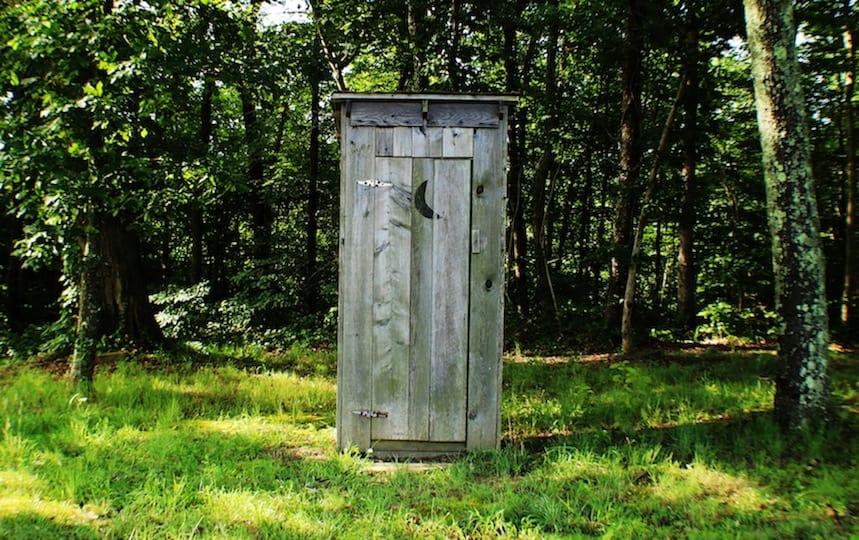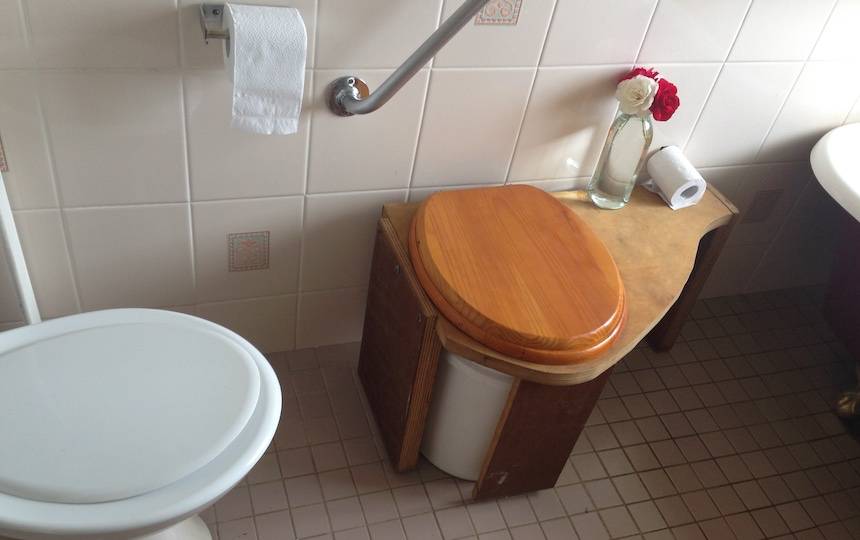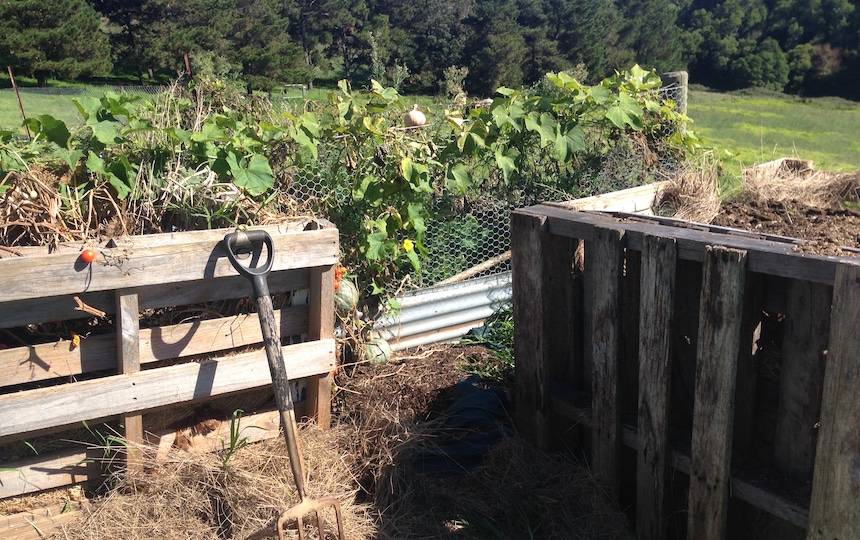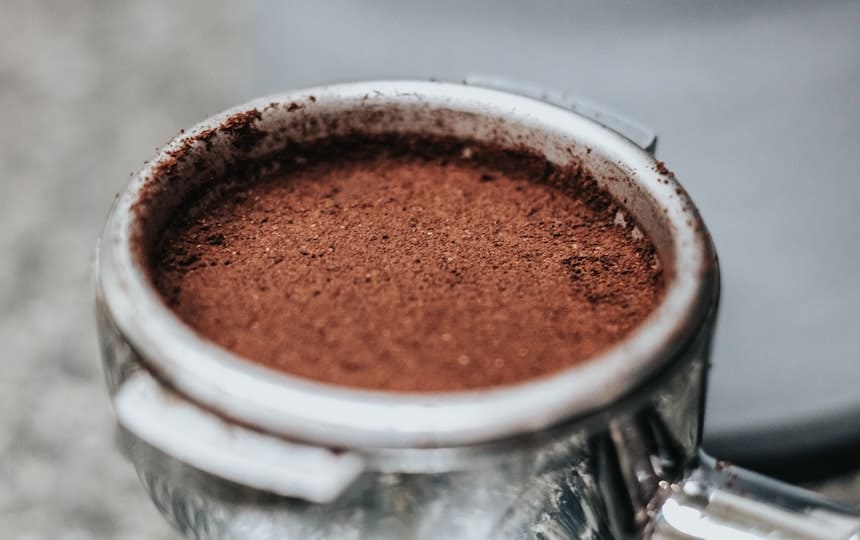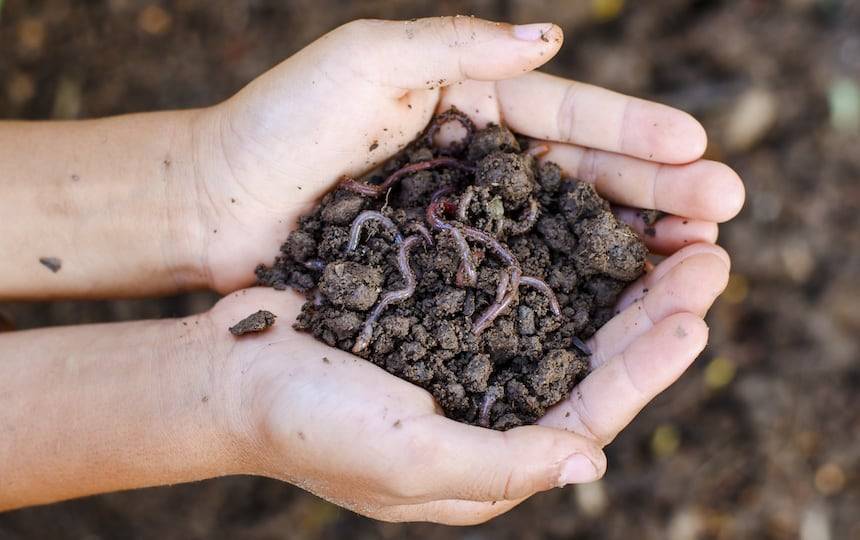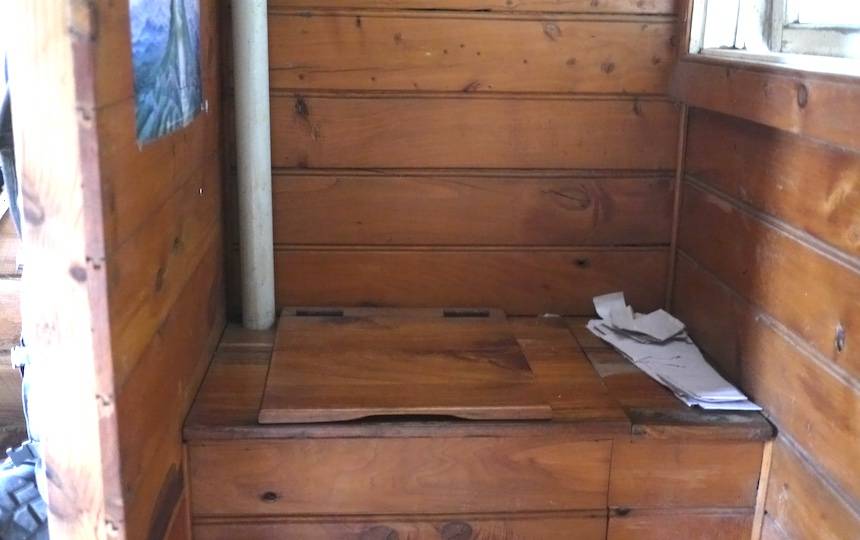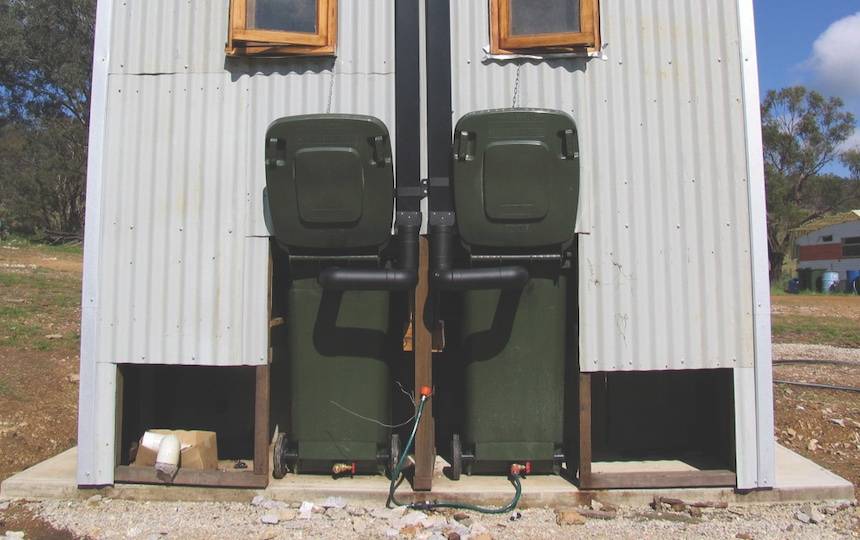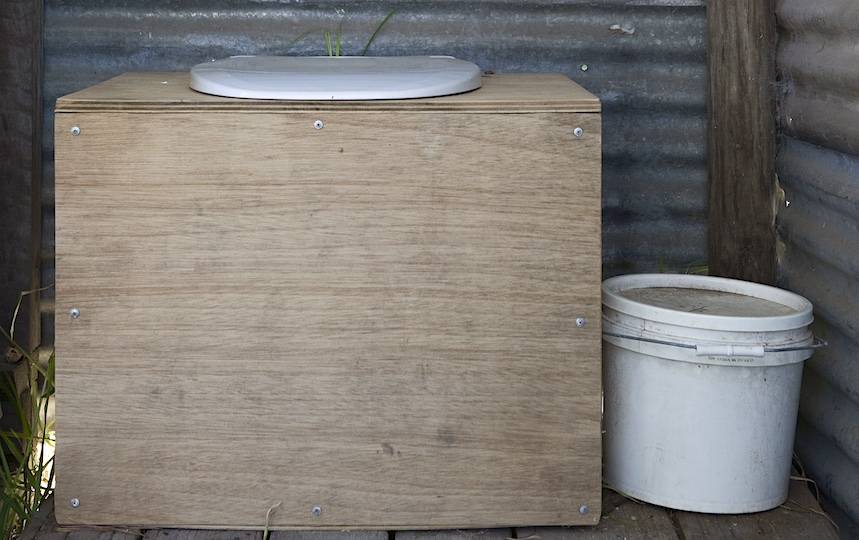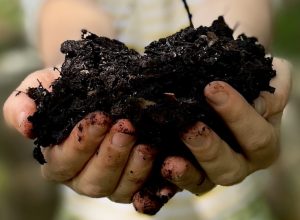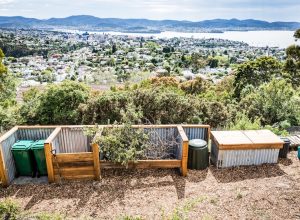We bring you five easy ways to ensure your compost toilet is kept odour-free!
People are sometimes embarrassed to inquire about composting toilets and whether or not they smell. We’ll look at composting toilets, their waterless nature, and the fact that, when used properly, they’re absolutely odourless.
How can a composting toilet stay odour-free?
There are many modern composting toilets on the market today that do a great job of separating liquids from solids and keeping the toilet unit itself odour free. But what about your compost pile?
When your compost pile is healthy and well kept, it will emit little to no odour, similar to a backyard compost pile. If your backyard compost bin smells rotten or “off,” something is wrong and you may need to add organic materials or bulking agents. Make sure it’s not too damp, check for microorganisms, or compare organic materials to bulking agents.
Remember, when a composting toilet begins to smell, you know something isn’t quite right with your pile.
5 tips on how to ensure an odour-free composting toilet
If your compost starts to smell bad, try the steps below to get rid of the smells.
Make sure to correct its moisture level
It is necessary for a compost pile to be moist rather than wet in order for it to break down successfully and without odours. If your pile is too wet it won’t be able to compost effectively since it won’t have enough oxygen, resulting in a noxious smell. The decomposition process will also be hampered by a lack of oxygen.
However, if your heap does not get enough moisture, it will not decompose properly either. Using a urine-diverting toilet has the advantage of utilising urine-diverting technologies. If your composting chamber does not have a urine diversion system, make sure you figure out a way to divert the liquid waste so it doesn’t get too wet in there.
Alternatively, employ heaters in the composting system to aid in the evaporation of liquid wastes. You don’t have to send the liquid you divert to a waste treatment plant and because it contains helpful elements like nitrogen, phosphate, and potassium, you can use it in your outdoor composters.
With the help of other organisms, the liquid waste will speed up the composting process of organic matter in the tumblers and bin.
More sawdust and pine shavings should be used
If you urinate in your composting toilet and it smells, just add additional sawdust to the mix. Before you begin to use the toilet, make sure to add a few inches to the bottom.
Pine shavings are often less expensive than other types of wood shavings. They’re also more efficient, so you’ll use fewer of them.
However,, it’s difficult to put sawdust in a composting toilet without a few flakes falling onto the seat. The sawdust then sticks to your backside when you sit down, and you wind up having sawdust in your pants for the rest of the day! Place a small brush next to your toilet to avoid this problem. Brush any stray particles of sawdust through the opening each time you go.
Wood shavings can often be obtained for free from local woodworkers or timber yard. Arrange with a local woodworker or timber yard to periodically relieve them of their wood shavings and utilise them in your toilet. Simply ensure that the shavings are of sufficient fineness.
Pour in the coffee grounds
Although your composting toilet should not smell, you can make it smell oh so lovely by adding coffee grounds. Obtain coffee grinds on a daily basis from your neighbourhood coffee shop and add them to your toilet in whichever quantity smells pleasant to you.
Add some additional worms for composting
Add worms to your compost if you want to speed up the composting process. This is referred to as “vermiculture.” Your trash will be eaten by the worms, which will break it down and turn it into fertiliser far more quickly than it would on its own.
But don’t simply throw any old worms in there! You’ll need to have some compost worms, which are also known as red wrigglers or red worms.
Make use of the lid on the toilet
Soldier flies, beetles, and other insects can get into your compost toilets when the toilet seat lid is left open. These insects will breed and multiply. You may even encounter flies in your home on occasion, which can be aggravating. Insects won’t get into your compost toilet if you always leave the lid down.
As a result, they will not interfere with the microbiological activities of your composters, eliminating the chance of unpleasant odours occurring.
Final thoughts
Getting toilet assistance isn’t always the most pleasant experience, but hopefully these few pointers have given you some ideas on how to improve the performance of your composting toilet.
FAQs
What is the best way to keep odours out of composting toilets?
Unwanted scents are mainly avoided thanks to the natural composting process. Any odours that do emerge from your composting toilet will be promptly expelled through an exterior vent.
A high-quality composting toilet system uses a mix of vents, blowers, and negative air pressure to guarantee that foul odours never rise up through the toilet bowl directly.
What is the best way to clean a composting toilet?
It’s quite simple to keep a composting toilet clean. Cleaning the toilet bowl and seat is usually the most time-consuming task, especially if you have a waterless system.
Keep in mind the cleaning products you use in and around your composting toilet. Using strong chemicals in the composting container could kill the beneficial bacteria.
Check with the maker of your toilet for a list of recommended cleaning products for the best results. If unsure, you can just use water or diluted vinegar.
Is it true that homemade composting toilets smell?
People assume that compost toilets will stink up the house when they first explore the novel concept! They don’t. In truth, there is very little odour, and what little odour there is akin to that of wood or mulch.
Is it possible to smell composting toilets outdoors?
If you’re outside your outhouse, cabin, house or shed where your composting toilet is installed and notice a distinct odour around the area of the exhaust fan, this is fairly normal because the exhaust fan pushes all smells from the composting toilet up through the exhaust outlet, allowing smells to escape.
Want to know more about composting toilets?
In Issue #2 of Pip Magazine, we reveal everything you need to know about waterless composting toilets, including:
- How a waterless composting toilet actually works.
- What temperature the compost pile should be “operating” at.
- The function of worms in a composting toilet.
- Plus, we answer some frequently asked questions.
You can access this article online here as part of our digital subscription offering, or subscribe to the print version of Pip Magazine here.

